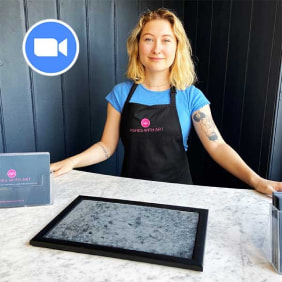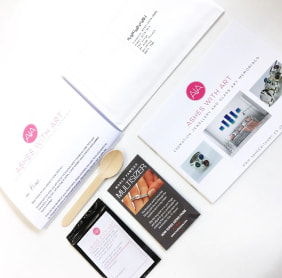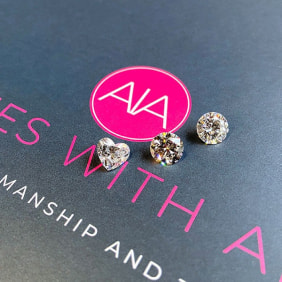The Therapeutic Power of Art in Processing Grief
One of the hardest things about dealing with grief is expressing how you are feeling. Being able to express yourself can help you to handle the emotions you are feeling and pave the way for acceptance and closure. But death is a concept that is so vast in its magnitude that it can be difficult to put into words how we are feeling.
This is where art can come into play to help individuals to work through their emotions and articulate how they are feeling. It can help you to make sense of what is happening and help you to sort through the conflicting emotions that might be waging a war inside you.
Art is often used as a therapeutic tool to help people to open up and express their emotions. It might be used to help trauma victims unpack their PTSD, or it might be used to help young people make sense of their emotions. It is also commonly used in grief counselling as a way to help individuals to express and process their grief.
The power of art for processing emotions
Art allows us to tap into the creative side of the brain. This moves us away from logical expression and makes room for exploring emotions in a different way.
If you allow the logical side of your brain to process your grief, you might find yourself feeling frustrated when you can’t seem to move past certain stages. By tapping into the creative side of your brain, you can unlock hidden emotions and start to better understand how and why you feel a certain way.
Art can help individuals to unlock their feelings and understand them. For example, you might feel trapped in your grief because it is also wrapped up in complicated feelings like anger or shame. Anger at the deceased could lead you to feel trapped and unable to move forward. Likewise, if you have lingering feelings of shame – perhaps because you felt you didn’t support the individual enough in their life – this could leave you unable to move on from your grief.
Through art and expression, you can start to understand and process your feelings. It might not make the feelings go away, but it can help you to understand them and this can be pivotal in processing your grief.
Art for the non-artists
A common objection to the idea of using art for therapy in grief counselling is the idea that you might not be “artistic”. There is a sense that you have to already be an artist or be “good” at things like drawing or painting to be able to make use of this therapy tool.
The truth is that we are all creative. Every child starts out creative, but at a certain point in childhood, we might feel this start to slip away. This often happens when we start to focus on the things that we are “good” at. So if children aren’t naturally gifted (and they will compare themselves to their peers) then they might move away from artistic endeavours and start to focus on things they do feel they are good at.
The simple fact is that we all have the ability to create and be creative, but we unlearn it once we feel that we need to be skilled or exceptionally talented in order to continue. In fact, there is joy in creating for the sake of creativity and accepting that there is no wrong way to express yourself.
Examples of art based therapy in practice
If you’d like to use art to express and process your grief, there are lots of options available. You could try the following forms of art to help you unlock your creative side and start to process your grief.
- Painting – you don’t have to be good at painting to use this as a form of expression. It’s all about exploring the use of colour, brush strokes and blending to help identify and understand your feelings. You might add words to your paintings as you start to pick apart your emotions and name them.
- Pottery – there is something very still and therapeutic about working with clay. It can mirror the emotional state of grief, often feeling like you are hanging in the balance.
- Jewellery design – designing your own piece of memorial jewellery is a mindful and incredibly therapeutic task. You can either design a piece that represents your loved one’s life, or you can focus on your own style and preferences.
- Poetry – your poetry doesn’t have to change the world to be effective. Exploring your grief through language is an excellent way to give it shape and to understand what is happening in your inner world.
- Drawing – taking the time to sketch one thing a day is a great way to give yourself a mindful moment to sit with your grief.





